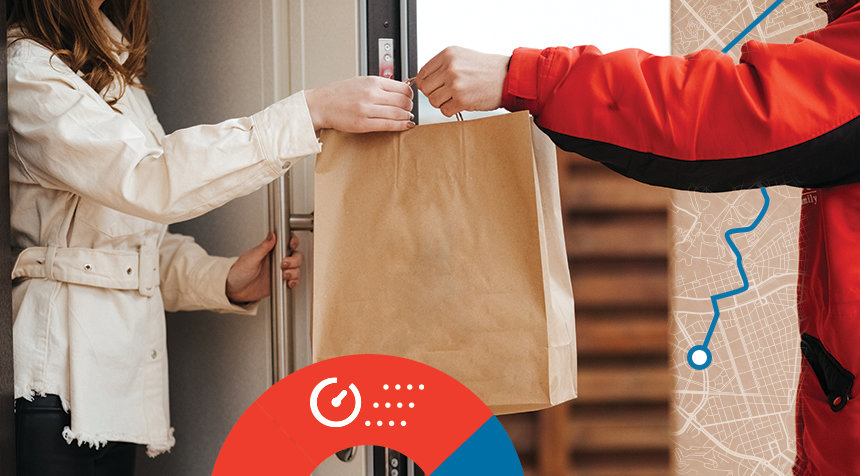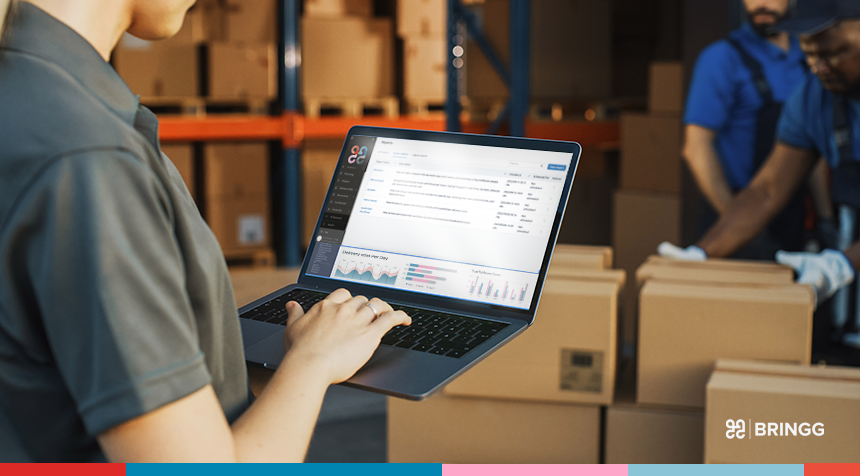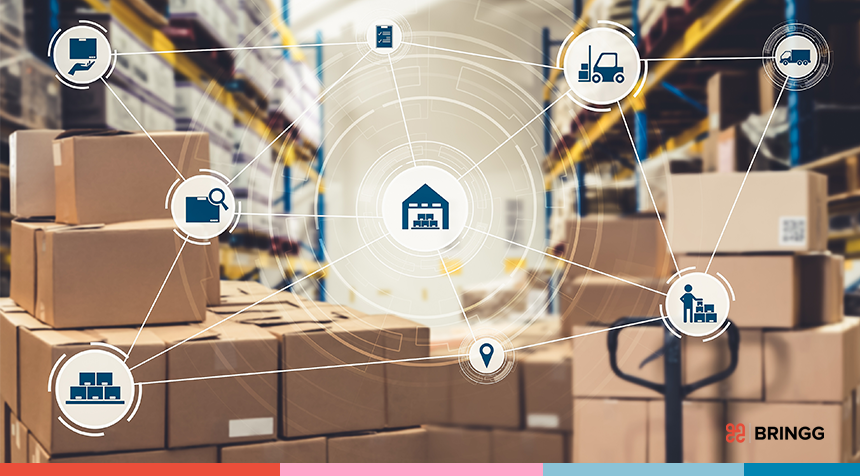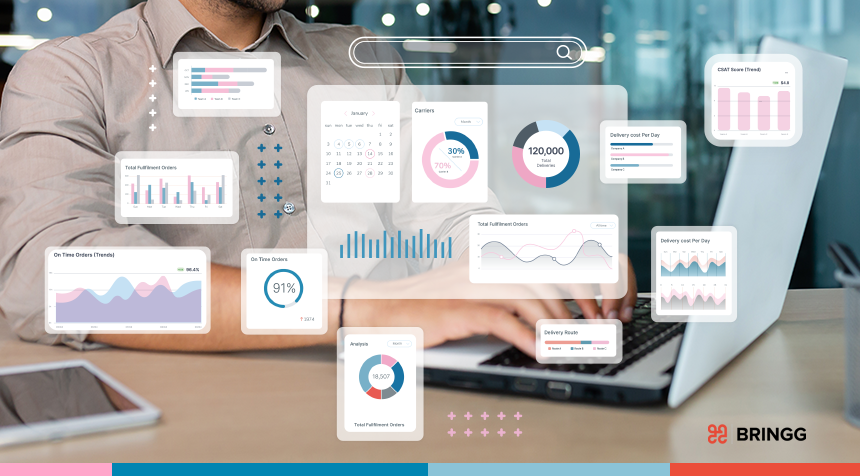When looking at what’s in store for the food delivery industry, it’s important to understand the two basic types of online food delivery: Meals and Groceries. Together they make up the total food delivery market which according to Grand View Research had an impressive global market size of $354.28 billion in 2022. What’s even more amazing is the projected growth of over 25% per year, which is expected to reach a difficult-to-fathom $2.15 trillion in 2030.
While the pandemic was the catalyst for the massive growth in online food ordering, food delivery services have now become a de facto standard for both the grocery and restaurant industries.
Over the next few years, we believe the following 5 trends will influence the food delivery industry:
- Online food delivery has become a must-have
- Increased third-party food delivery options
- Growth of in-house food delivery platforms
- Demand for groceries surpasses meals
- Data is the key to customer satisfaction
Increased Third-Party Food Delivery Options
It may seem contradictory at first, but in-house food delivery management and third-party delivery are both poised for significant growth.
Except for the major chains, most players in the restaurant industry partner with third-party food delivery service providers, which are essentially online food delivery platforms where different types of meals from many different restaurants can be ordered.
Some of the leading third-party delivery services include Grubhub, Uber Eats and DoorDash. It’s interesting to note that while most of these companies were created specifically for online food delivery, some of them, for example, Uber Eats are leveraging their existing infrastructure to transport meals instead of people.
Third-party delivery continues to grow as restaurant chains are increasingly partnering with multiple third-party fleets in order to expand their delivery footprint and expand operating hours.
Likewise, leading third-party delivery services have an established customer base, which can bring a significant amount of new customers with minimal investment. While this tactic expands the chain’s geographic reach and pool of potential customers, it also means that a significant chunk of its delivery operations is not under its control anymore.
Some food companies are mitigating this situation by implementing their own online food ordering platform but then using third-party providers for the actual delivery. Food delivery management platforms provide them with much-needed visibility and control over their delivery operations even for data that originated with third parties.
Growth for In-House Platforms
Third-party delivery options might be growing, but so are the number of restaurants and grocery stores that are leaving third-party food delivery service providers and setting up their own in-house food delivery management platforms.
The main reason for doing this is to take back control over food delivery. Grocers understand that delivery is a key part of the customer experience, and a bad delivery – even if it’s the fault of a third-party provider – will always be blamed on the grocer. Therefore, it makes sense to bring operations in-house to ensure the consistency and quality of the customer journey.
A good example is Giant Food, a grocery with over 160 stores that works with third-party food delivery provider Instacart, but insists on having its own in-house online food delivery service to maintain its branding and control over the customer experience.
To smoothly manage these operations in-house, restaurants need a delivery management platform, which uses automation to assign drivers to each order. When delivery happens at scale, with tens of thousands of orders each day, the logistics behind it become increasingly complex, which is why chains managing delivery across multiple restaurants get the most value out of using a delivery management platform.
Demand for Groceries Surpasses a Gourmet Meal
Interestingly enough, while meal delivery increased at a higher rate during the pandemic, it’s actually grocery delivery that will grow more rapidly in the coming years, reaching two-thirds of all food deliveries by 2030.
For grocers looking to scale up their delivery operations and maintain customer loyalty with new fulfillment experiences, the biggest challenge will be competing with the two leading players, Walmart and Amazon who dominate the market.
As most businesses in this traditional market have minimal delivery automation, and often rely on a single delivery provider to reach their customers, this will not be simple. On the flip side, however, brick-and-mortar grocers can offer competitive service offerings by using their neighborhood stores as fulfillment centers.
Larger chains are also opening ghost supermarkets in urban locations, which are not open to the public but are available to online customers providing faster and more convenient fulfillment options such as buying online with home, curb-side or in-store pickup options.
Online food ordering and delivery is here to stay for delicious meals and weekly grocery shopping. It is part of a greater trend in ecommerce, where customers are demanding more convenience and control over how and when they order their food.
Data is the Key to Customer Satisfaction
As digitization enables measuring delivery performance and its correlation to increased revenues, food retailers now understand the importance of using customer data to improve efficiency, cut costs and most importantly improve the customer experience.
With such a large part of the delivery flow in the hands of third parties, it’s not surprising food providers are turning to data collection and analysis to better understand their delivery operations.
Having these insights into your own delivery operations is invaluable and the benefits stretch across everything from relations with external fleets and aggregators, to providing flawless deliveries, to enabling other arms of your business, like customer care, marketing and branding.
Summary
With online orders growing at a faster pace than ever, both restaurants and grocery stores have an unprecedented opportunity to reach new customers and increase revenues. The challenge is how to balance customer demand for fast, convenient and transparent delivery with the operational complexity and expenses required to meet these demands.



